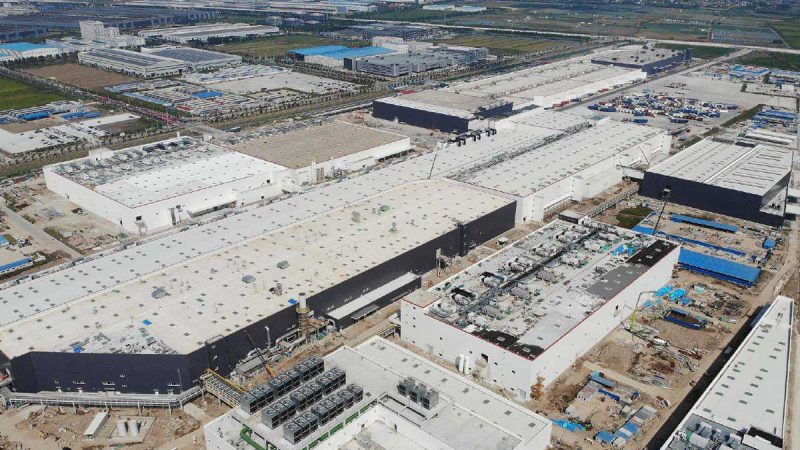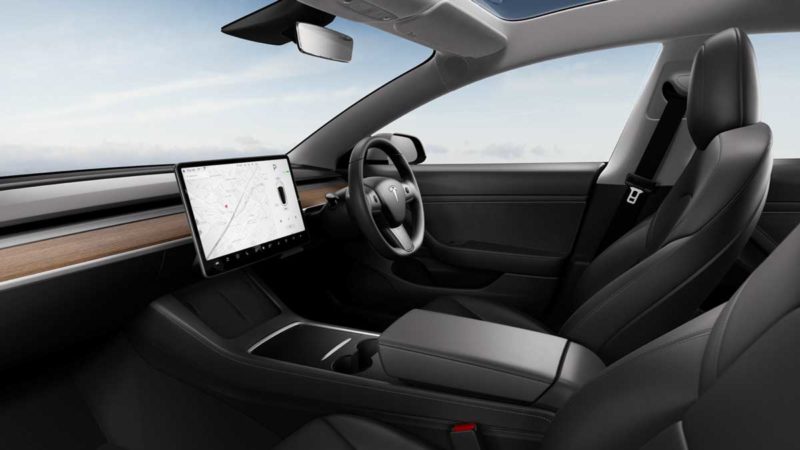So much is written about Tesla, you would think that it was a company that was well understood. Sure, people note the flash new electric vehicle models as they roll off the production line for the first time, obsess about Elon Musk’s tweets, and note with awe and some disbelief that it is now by far the most valuable car company in the world.
But there is a widely held view that this is just a quirk of the transition, that Tesla’s un-matched success can’t and won’t last, and that as soon as the big legacy car-makers start getting serious about electric vehicles, they will quickly catch up and squash the Tesla insurrection through sheer weight of numbers and capital.
But will they? The assumption is that the legacy car makers are big and powerful, are really good at making cars and have deep pockets.
But the truth of the matter is that they are struggling, and in ways that would have been unthinkable less than a year ago. Sales of their favoured petrol and diesel models are plummeting, and so too have their margins and cash flows. Indeed, Tesla is beating them on just about every count.
One of the most pre-eminent Tesla analysts, the team led by Morgan Stanley’s Adam Jonas, has just completed a range of reports following Tesla’s Battery Day and the most recent third quarter profits, and he notes Tesla has outperformed the overall car industry in just about every metric.
It’s beating them on share price, on revenue growth, on delivery growth, on free cash flow, and on margins. Not to mention the quality of their product, and the promise of Full Service Driving and a software revenue windfall.
In the third quarter, Tesla deliveries increased by 43.2 per cent year on year, while global production fell 3.4 per cent. Total battery electric vehicle sales are expected to rise nearly 30 per cent in calendar 2020 to around 2.2 million.
What’s more, Jonas says, Tesla has proven that EVs can be made profitably. It now has five straight quarters of profitability and in the latest quarter delivered $US1.4 billion of free cash flow and gross margins of 23.7 per cent.
Its gross auto margins are about double those of General Motors, and higher than even BMW. Its EBITDA (earnings before interest, tax, depreciation and amortisation) margins are more than two times what is tipped for Ford. In 2020, it’s likely to have more free cash flow than GM.
In short, Tesla is making better, cleaner cars than its rivals, and making more money by doing so. Its free cash flow this year could be around $US5.6 billion, not including more than $US1.5 billion it receives from its rival car makers so they can duck penalties from making such dirty and polluting cars.
“EVs are profitable and likely to get even more profitable in the years ahead,” Jonas writes.
“We think this is very important… and is a story that goes beyond Tesla as it eliminates what has historically been the No 1 reason why legacy automakers were hesitant to go ‘all in’ on the technology. In our view, this obstacle is gone. There may be other impediments, but not profit, at least for now.”
On the basis of these assumptions, Morgan Stanley has just raised its forecasts for global EV uptake. It now expects 13 per cent penetration in sales by 2025, and 31 per cent in 2030, and 78 per cent in 2040.

And while it’s clear that many of the big car-makers are trying to catch up, Tesla remains several steps ahead. For a start, it is looking to maintain its lead by increasing capacity and cutting costs and has 3 new plants under construction: China 2, Austin, and Berlin. All will be open in 2021.
Jonas says Tesla will be able to use its scale and vertical integration to accelerate cost reductions, optimize the manufacturing process, and find further manufacturing efficiencies and increasing capacity in key commodities (such as lithium and Nickel) and battery cells, helping to further accelerate EV adoption.
But the icing on the cake for Tesla could be the shift to autonomy. As Jonas notes, Tesla is “nearing its moment of truth for software revenue with rollout of FSD beta,” as The Driven’s Bridie Schmidt has covered in detail, here, here, here and here.
Tesla has so far pocketed, or at least recognised, around one half of its FSD revenue when the car is sold. The remaining half of that revenue relates to the ability of FSD to negotiate city streets and traffic lights etc.
Once Tesla can push availability of FSD across its global fleet, then the rest of the revenue can be recognised. That may take some time, but it is on the horizon, unlike other car makers, and the potential of a software platform is huge.
So much so, that Jonas says investors view Tesla’s EV business as just “the cover charge that gets you behind the velvet rope for the main event”, which is software as a service (SaaS), and the internet of cars (IOC) opportunity.
It goes something like this:
Tesla’s biggest advantage is scale and cost in EVs, which in turn allows Tesla, already the market leader, to lead the industry in price cuts for its products, expanding the addressable market beyond existing capacity.
“They then add new capacity with design tweaks to further lower cost, supporting profitability and driving the ability to further lower cost… expanding the addressable market,” Jonas notes. “As the market expands, Tesla can ‘turn on’ new features and services for its vehicle fleet… turning owners into ‘subscribers.’
“These services can include everything from charging $2k for a software update that shaves more than 1 second off your 0 to 60 time, improves your access to available media content, enables various levels of highly automated driving/FSD, insurance products, access to charging infrastructure and a host of other telematics services.
“Sound familiar? As more and more consumers ‘opt in’ for a range of these services, Tesla increases its proportion of regularly recurring and high margin (in some cases 100% margin) businesses while further improving the addressable market and the customer experience.
“This adds stickiness of users to the platform, ballast to the financial profile and top line and margin to the bottom line…. further enhancing the company’s ability to make continuous improvement to its core auto product (the hardware) to reduce cost, cut price, expand the user base.”
The legacy car makers have nothing on this. And that’s not even including the energy business – battery storage and solar – which Musk insists will be as big and profitable as the car business, and which the market so far ignores. Game on, or game over?

Giles Parkinson is founder and editor of The Driven, and also edits and founded the Renew Economy and One Step Off The Grid web sites. He has been a journalist for nearly 40 years, is a former business and deputy editor of the Australian Financial Review, and owns a Tesla Model 3.

